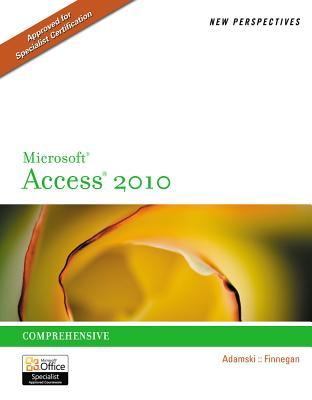
New Perspectives on Microsoft Access 2010, Comprehensive 1st Edition by Joseph Adamski,Kathy Finnegan
Edition 1ISBN: 978-0538798471
New Perspectives on Microsoft Access 2010, Comprehensive 1st Edition by Joseph Adamski,Kathy Finnegan
Edition 1ISBN: 978-0538798471 Exercise 1
What does a filename indicate?
Explanation
File is referred as a named collection of data stored on disk document. Every file has a name and some properties. After creation of the file, it can be edited, modified and saved as per requirement. Files can be organized by storing them in folders
• Every file is identified by its name.
• Every file has dot extension. The extension indicates the type of the file.
While naming a file there are some conventions to be followed.
• File name allows you to use 0 to 255 characters; don't use special characters for file names.
• Use some common and cache names so that it can be easily remember the things in a file through filename.
• Don't change the file extension.
• Preferably, file name should be meaningful. File name should be relative to file contents.
• A filename can be renamed if necessary.
• Every file is identified by its name.
• Every file has dot extension. The extension indicates the type of the file.
While naming a file there are some conventions to be followed.
• File name allows you to use 0 to 255 characters; don't use special characters for file names.
• Use some common and cache names so that it can be easily remember the things in a file through filename.
• Don't change the file extension.
• Preferably, file name should be meaningful. File name should be relative to file contents.
• A filename can be renamed if necessary.
New Perspectives on Microsoft Access 2010, Comprehensive 1st Edition by Joseph Adamski,Kathy Finnegan
Why don’t you like this exercise?
Other Minimum 8 character and maximum 255 character
Character 255


